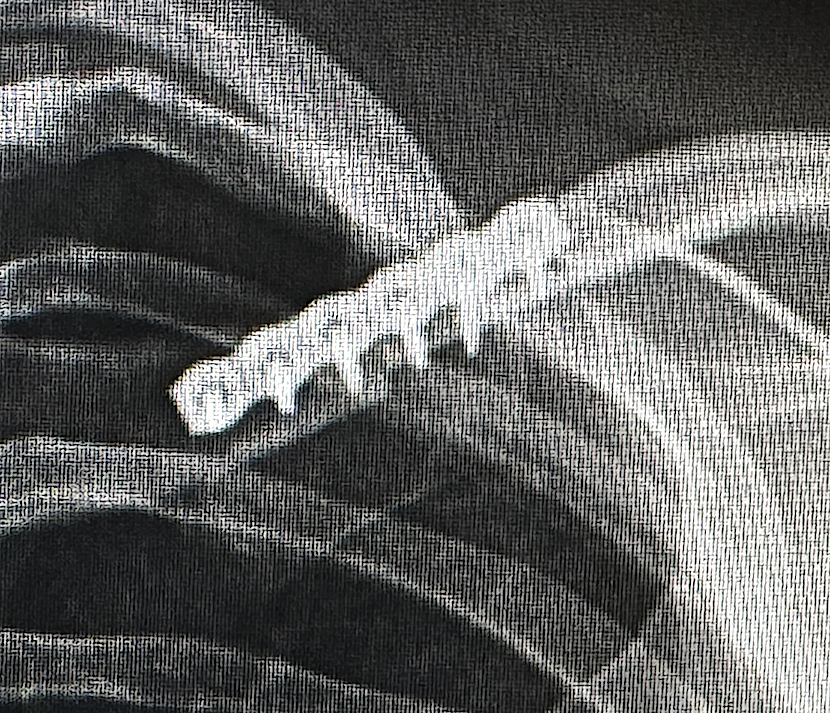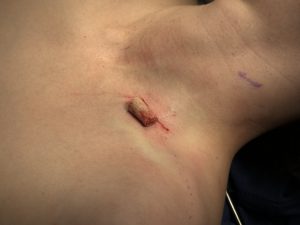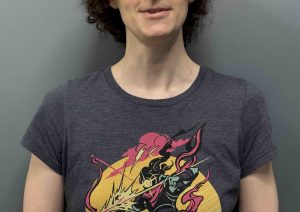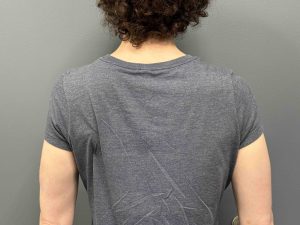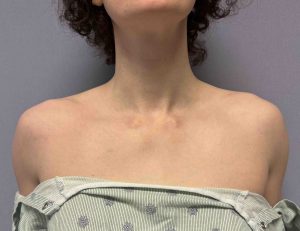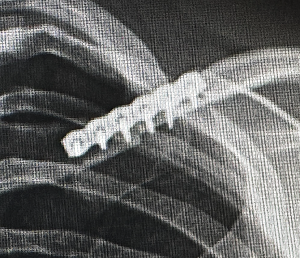Background: Shoulder narrowing surgery reduces the length of the clavicles through osteotomies at the inner half of the bone below incisions placed in the supraclavicular fossa. It is a procedure that is often compared to a longstanding surgery that seems similar…clavicle fracture repair. But the reality is it is a far different surgery in many ways and is not really comparable at all. The most obvious difference is that shoulder narrowing surgery is usually performed on both clavicles at the same time while clavicle fracture repair is almost always a unilateral surgery.
The difference between one vs two-sided clavicle surgery is significant. With one arm free there is a lot more one can do as opposed to both arms being restricted. As a result elective shoulder narrowing can be performed as a one time surgery on both clavicles or a two staged approach with one clavicle done at a time. That decision is a personal choice of the patients and there are numerous factors that may sway that decision either way. The obvious benefit of a bilateral surgery is that it only requires a single surgery but the recovery is harder and one has to make sure preoperatively that proper support is available to the patient both in the immediate and short term recovery period. Geograohic location also plays a role. The further away one lives from the surgery site the more inconvenient two surgeries are going to be. The benefit of a two staged approach is there is an easier recovery with one arm unrestricted after surgery but it requires two surgeries.
While most shoulder narrowing patients undergo bilateral surgery there are a few that have done it in two stages. They always start one their non-dominant shoulder which is usually the left side. Three months later the other side is done at which point the first stage shoulder has fully healed with normal range of motion.
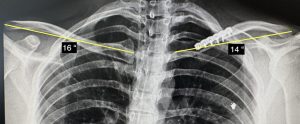
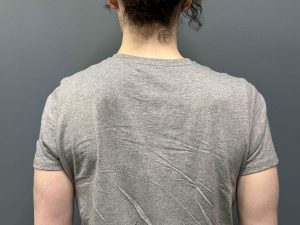
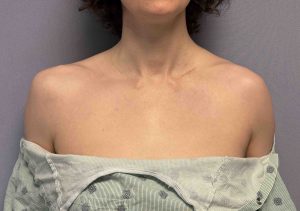
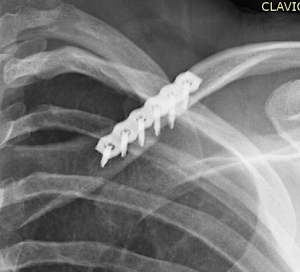
The staged approach to shoulder narrowing surgery provides an easier recovery albeit it will be two of them. The three month time period is adequate for b0th full recovery and re-establishment of normal range of arm motion.
Key Points:
- 1) Shoulder reduction surgery can be performed on both shoulders at the same time or as staged approach.
2) The benefit of a staged approach in shoulder narrowing surgery is in the recovery where one arm is free at each stage.
3) Most staged approach patients start on their non-dominant shoulder and undergo the dominant one 3 to 4 months later.
Dr. Barry Eppley
World-Renowned Plastic Surgeon

